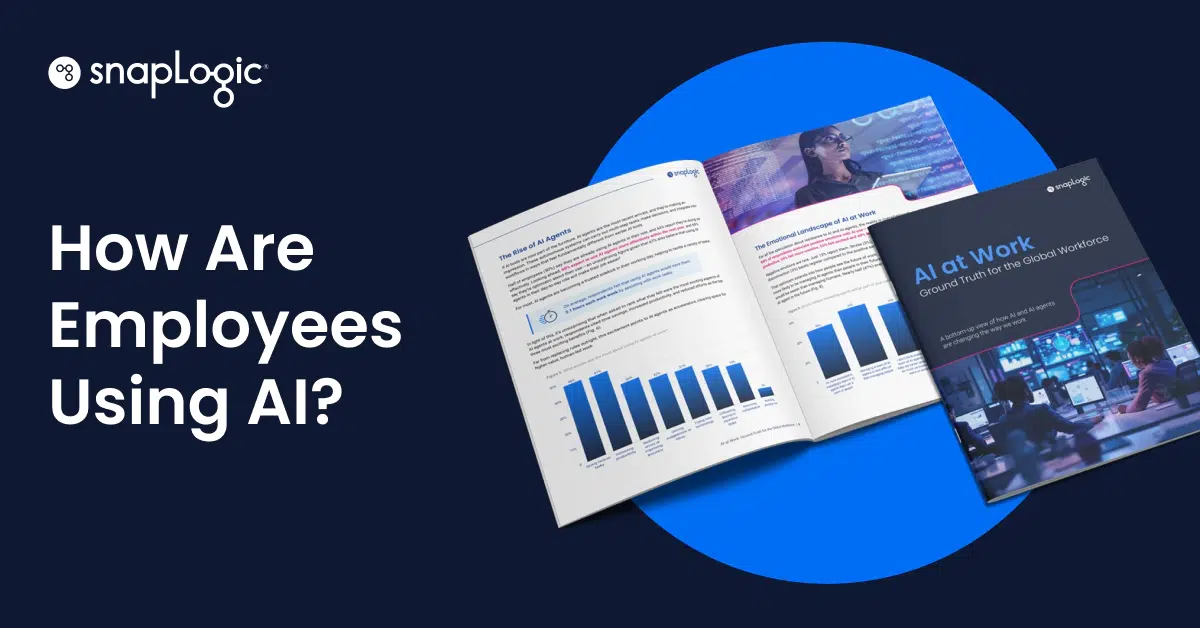IT leaders today face growing demand from business partners, shorter turnaround times, and a volatile workforce. One of the most significant challenges in keeping up with the backlog is the rapid growth in data, applications, and APIs, making the integration challenge even more daunting. To overcome this challenge, enterprises have increasingly turned to citizen development on easy-to-use integration and automation platforms. However, this approach can lead to data pipeline proliferation creating a new headache for IT. In this blog, we will explore how generative AI can provide governance around self-service without encumbering employees.
Last month we announced SnapGPT, the industry’s first generative AI solution designed to create fully functional data pipelines, streamline SQL query generation, simplify data transformation, and generate synthetic data to test new pipelines, all using simple natural language instructions. In parallel, our research team has also been exploring other areas in which Large Language Models (LLMs) like ChatGPT can assist our customers. We shared our progress in the first SnapLabs Corner webinar.
Our platform is incredibly user-friendly and provides rapid time to value, which has led many of our customers to open it up to citizen developers. Unfortunately, this has sometimes resulted in pipeline sprawl, with some customers needing help managing thousands of poorly documented pipelines without user-friendly names. We believe that LLMs, in the future, will be able to provide governance around self-service to tame the proliferation.
LLMs appear promising for governing citizen development without encumbering self-service users. We believe that in the future, LLMs will be able to assist in the following areas:
- Generating friendly consistent names and descriptions of pipelines
- Identifying duplicate pipelines
- Providing better analytics on usage by departments, applications, and use cases
- Recognizing commonly used expressions
- Grouping similar pipelines, and recommend opportunities for streamlining
- Identifying poor-quality pipelines
In conclusion, generative AI is a powerful technology that could help organizations provide governance around citizen integration and tame data pipeline proliferation. We see generative AI helping organizations achieve more efficient and cost-effective integrations by eliminating duplicate pipelines, identifying poor-quality pipelines, and providing visibility in pipeline usage across applications, departments, and use cases. Being able to integrate, automate and orchestrate data flow faster and further at scale using technologies like generative AI is the key to future enterprise competitiveness.










